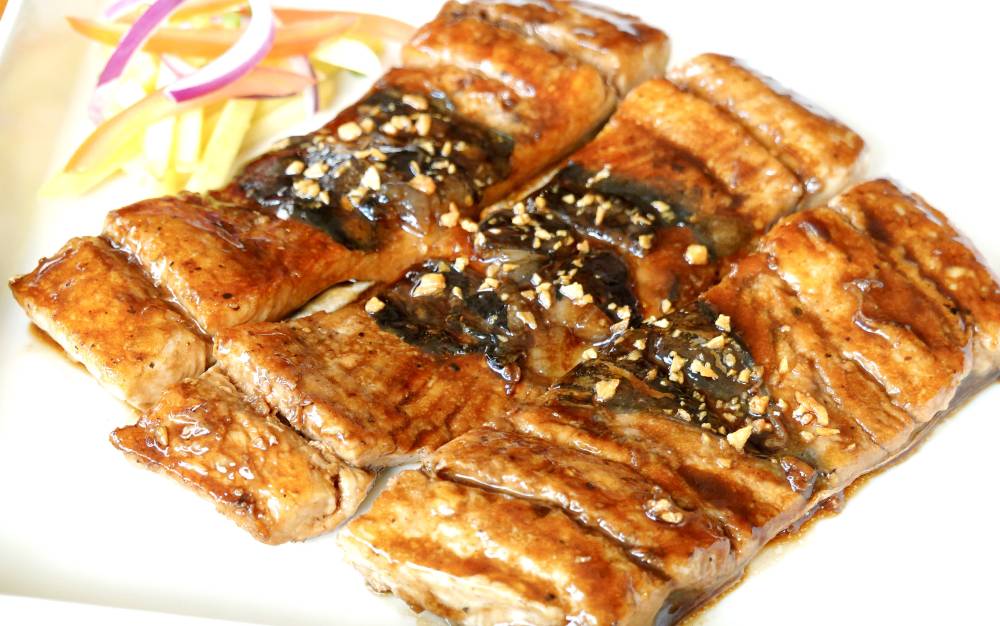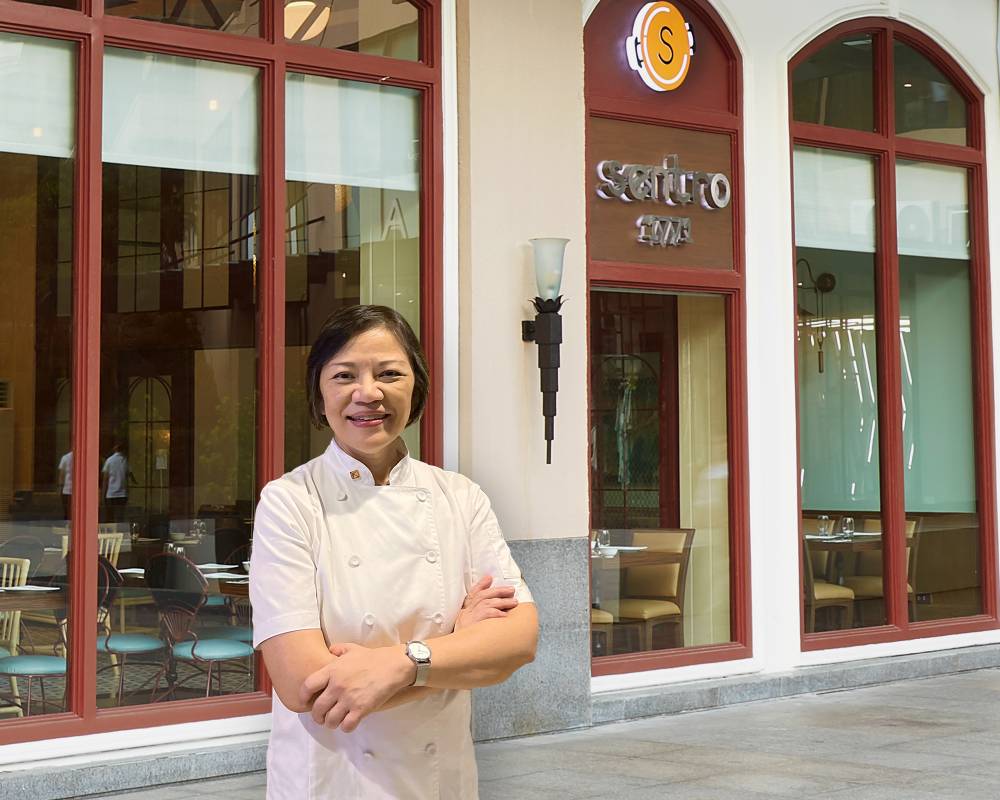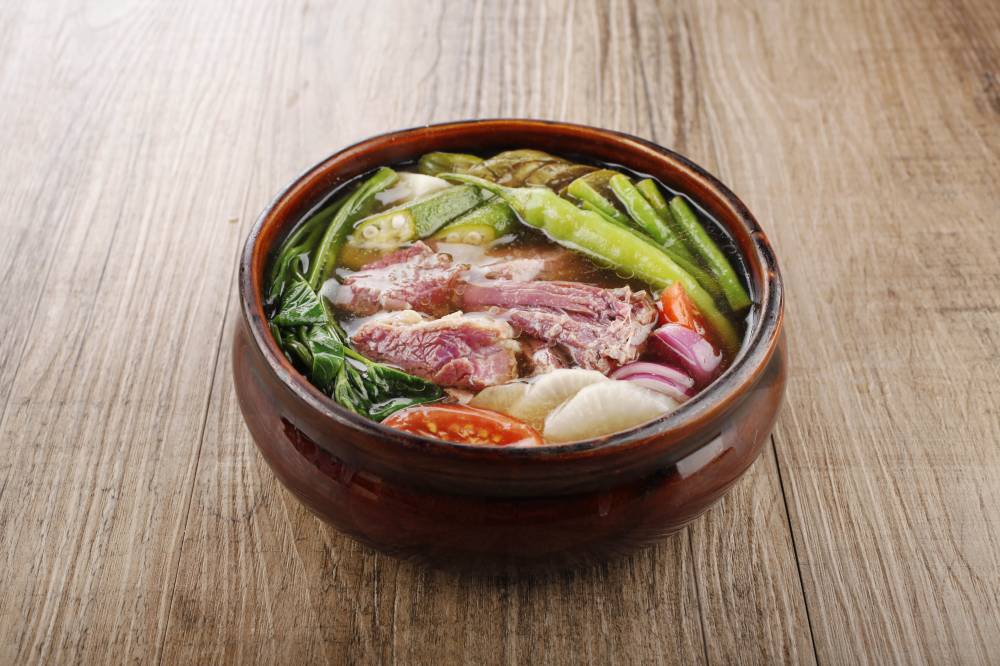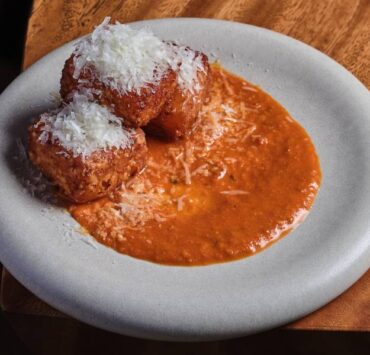Why Filipino food is hard to plate

Chef Vicky-Rose Pacheco knows what it’s like to serve customers who think they know better—not because they’re rude, but because they’re Filipino.
“It’s easier to cook French food,” she told Lifestyle. “Every Filipino knows how their food should taste. And they always have a point of comparison you can’t argue with: their own home.”
At Sentro 1771, one of the pioneers of modern Filipino cuisine in the country, every plate carries a story, a risk, and a decision made after several rounds of tasting, tweaking, and gambling with the public’s palate. But what people don’t often realize is just how much trial and error goes into serving something “familiar but different.”

Take Pacheco’s signature corned beef sinigang, now a crowd favorite and the restaurant’s most iconic dish. “I grew up eating corned beef, the kind my mom made with cabbage and potatoes,” she said over dinner at Sentro’s Greenbelt 5 branch. “I thought every household did that.”
When she decided to turn it into a sour soup and offer it at a bar in the ’90s, no one ordered it. “It wasn’t ready for the world yet,” she said. When Sentro opened in 2002, she gave it another shot. “I thought, any chef could’ve done this—but I did. And people finally got it.”
Many think Filipino food is easy to serve because it’s everywhere. But in a restaurant setting, where flavors need to be consistent and scalable, it becomes a different game. No two homes cook adobo the same way, Pacheco said, so replicating “comfort food” for a general audience is like trying to please everyone at a family reunion.
The trick, she said, is to trust your taste and accept that not everyone will be happy. “One customer might not like it. That’s okay. I won’t lose sleep over one complaint.”

Updated classics
Sentro’s menu is filled with thoughtful updates of Filipino classics. The fried kesong puti comes with alternating sweet and savory dips, while the Rated GG—her take on grilled sardines from Portugal—is transformed into crispy, garlic-topped galunggong fillets. These ideas often come from memories, conversations, or even something she sees while traveling. One time, a Thai-style catfish salad inspired her to create a version with adobo-flaked hito and a dressing made from fermented mangoes.
But not all her ideas stick. There was once a bangus on a stick—deep-fried like daing and served long-cut. “People didn’t get it,” she said. “Maybe the cut threw them off.”
Another dish, a pork and clam sauté inspired by a Portuguese recipe, never caught on. And her personal favorite, a tapa salad with vinaigrette and dried fish dressing, sat quietly on the menu for years. “Pinoys like tapa and they like tuyo—but maybe not in a salad,” she said, laughing.
Even the order in which dishes appear on the menu can determine their success. “It’s all tsamba,” she said. “You give the dish a good position—maybe the first thing they see—and hope they bite.”

Presentation and pricing
Sentro doesn’t aim to change Filipino cuisine, but to present it in a way that feels new yet familiar, Pacheco said. Sometimes that means replacing the heat in Bicol Express with string beans instead of chili, calling it Sitaw Express so more people can enjoy it. “Not everyone likes spicy food,” she noted.
Then there’s pricing. “You can’t just say, ‘This is the price because I said so,’” she explained. “If your dish is something others are also selling, you need to be competitive. But if it’s a dish only you offer, then you can command a price.”
Despite the challenges, Pacheco dreams of cooking abroad again—something she did in Berlin, Washington, and Vancouver. Her wish is to serve corned beef sinigang in embassies and global kitchens. “Filipino food is just now emerging. In Seattle, the scene’s huge,” she said. “They’re mostly second-generation Pinoys who’ve taken over from their parents. They’re the new chefs.”
For Pacheco, modern Filipino cuisine is more than plating or fusion; it’s a genre of its own. “It’s still Filipino, even if the ingredients or techniques aren’t. If it tastes Filipino, it is.”
At Sentro, no dish is ever random. Everything is tested, observed, questioned, and refined until the gamble pays off. “Sometimes you get it right. Sometimes you don’t,” she said. “But that’s the job. And that’s the joy.”

















